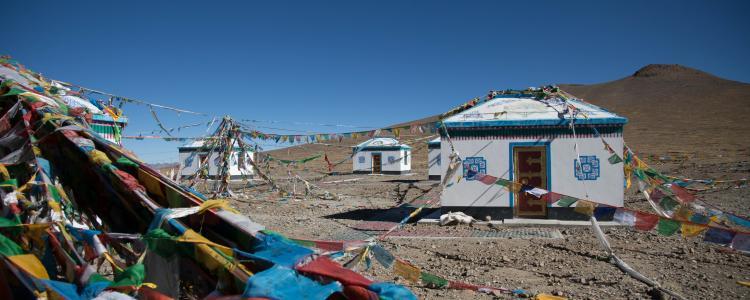Tori Nixon, recounts her and a friend’s experiences climbing to Annapurna Base Camp.Tori was Lead Nurse at Nomad Russell Square clinic and now works at Raleigh International.
At 8,091 meters, ‘Annapurna One’ is the world’s tenth highest mountain, reserved for the professional only. Annapurna Base Camp (ABC) on the other hand, is a glorious vantage point at 4,130 meters and constitutes the trekker’s terminus.
Yet, above 2,500m the risk of Acute Mountain Sickness (AMS) are equally genuine for trekkers and professionals alike. ABC has a demanding schedule, as do many treks, such as Kilimanjaro. This factor particularly increases the risk of altitude sickness – you are gaining in altitude quickly with little time to let your body aclimatize.
Passing us on their way down was a woman being carried aloft by three sherpas, each taking their turn to piggy-back her using supporting Nepalese head straps, in order to bring her down in altitude quickly
The trek takes you above 4,000m, an altitude above which you can begin to exhibit symptoms of the conditions High Altitude Cerebral Oedema or High Altitude Pulmonary Oedema. But what is one to do when the mountains are places where historic tales and endeavor become intertwined – not an opportunity to miss! With our tight schedule in mind, we decided the key to help prevent us being hampered by potential severe illness was to take the altitude medication Diamox as a preventative measure.
On Day 1, to the fore were outstanding views beckoning us up the valley. Maintaining our hydration and not feeling any strain or discomfort, we continued to increase in altitude. A brief stop for ginger tea in a Cornish mug made us feel a lot better!
On Day 2, we felt quite a time pressure as we were hiking on the cusp of monsoon season and as a result the Annapurna Trail was about to close. We set off with only the mildest aches from the previous day, however. Passing us on their way down was a woman being carried aloft by three sherpas, each taking their turn to piggy-back her using supporting Nepalese head straps, in order to bring her down in altitude quickly. She looked severely unwell, and on enquiring if she was OK, were told she had quite rapidly begun to show symptoms of altitude sickness; increasing tiredness, shortness of breath, dizziness, nausea and severe headache.
Descending not far behind her was a Nepalese guide with his party of young trekkers. He explained that half his group had got ‘Altitude Sickness’ and one girl had to be evacuated in the middle of the night! We pushed on, reassured of our decision to use Diamox.


No Comments
Be the first to start a conversation